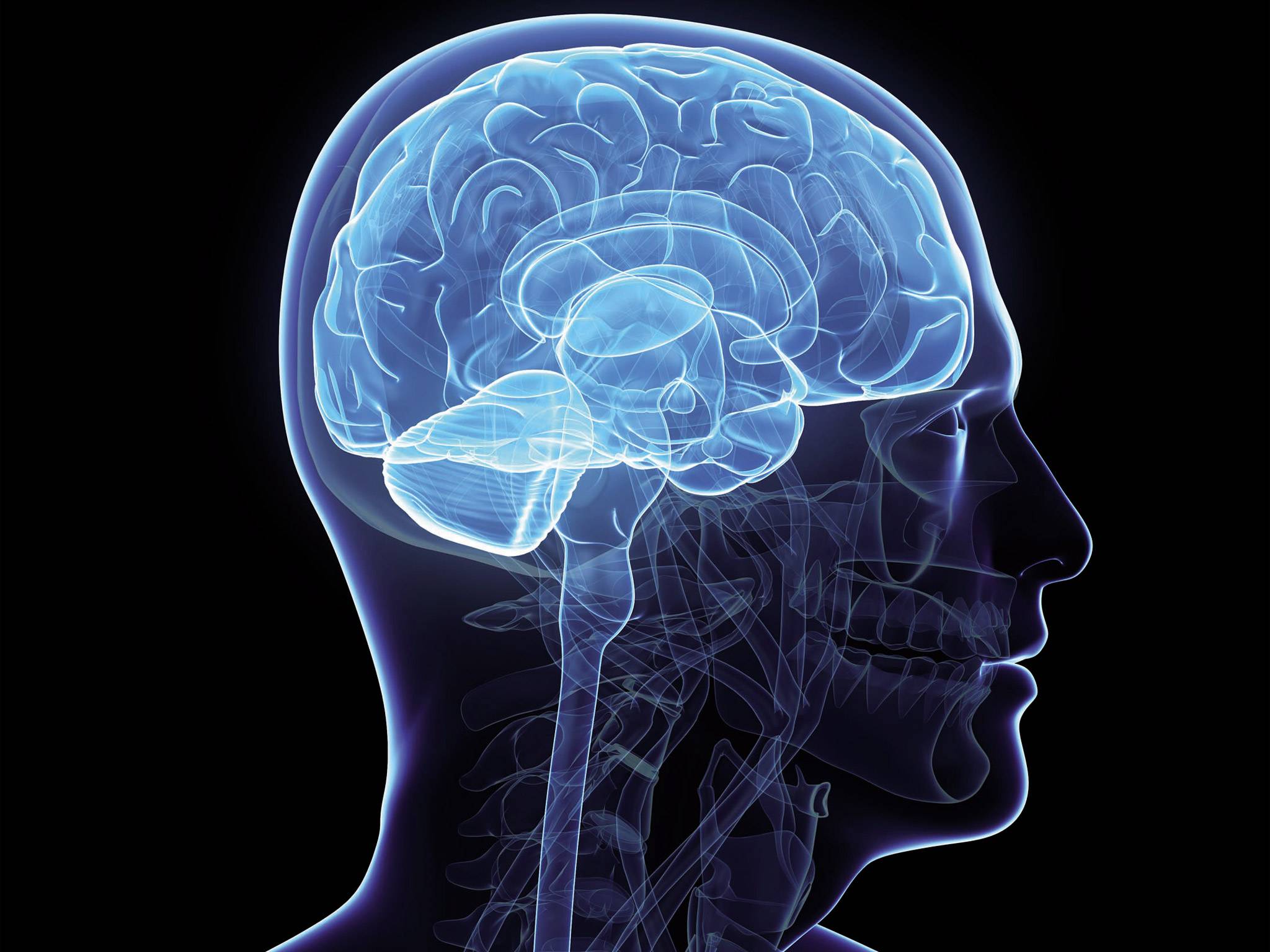
Machine learning is all about process optimisation. With this type of artificial intelligence discipline, machines and other electronic devices are able to learn on the go and adjust their behaviour to make production more efficient. This could go from increasing or reducing processes, to changing operation times.
It is a method of data analysis that uses algorithms to learn about hidden information about a machine, process or service. However, contrasting with traditional systems, a machine learning system is not programmed beforehand to find those hidden information data sets. It learns as it goes.
A machine learning system can only be successful once those algorithms are indeed learning new information autonomously without the need for human intervention or assistance.
The algorithms used in machine learning are often labelled as supervised and unsupervised.
Supervised learning algorithms is when the algorithm generates a function that maps inputs to desired outputs. As for unsupervised learning algorithms, these model a set of inputs.
Other types of machine learning algorithms include semi-supervised learning, reinforcement learning, transduction and learning to learn.

Training of machine learning systems takes time, and requires rote learning, parameter adjustment, macro-operators, chunking, explanation-based learning, clustering, mistake correction, case recording, multiple model management, back propagation, and the previously mentioned algorithms.
Machine learning can be included in the demonstrational programming ideal, where an end-user development technique is created by teaching a computer about new behaviours based on concrete examples.
Applications of machine learning include, but are not limited to, syntactic pattern recognition, structure health monitoring, bioinformatics, bank fraud detection, online advertising, and so on.
Some commonly used applications today are personal assistants (such as Google Now, Microsoft Cortana or Apple Siri), Google’s driverless car and governmental surveillance systems.
All in all, the AI machine learning market is one where trillions of dollars will be made. For example, according to BCC Research and Siemens, the machine learning digital assistant market alone is expected to reach a market value of $41bn by 2024, up from $6bn in 2014.
The same sort of values repeat themselves in expert systems, autonomous robots, embedded systems and neurocomputers that use machine learning to carry out that functions.
Growth rates are also expected to accelerate across all five machine learning verticals.. Between 2014 and 2019, the median yearly growth rate is set to be 20.8%. Between 2019 and 2024, this will increase to a median of 22.8%.






